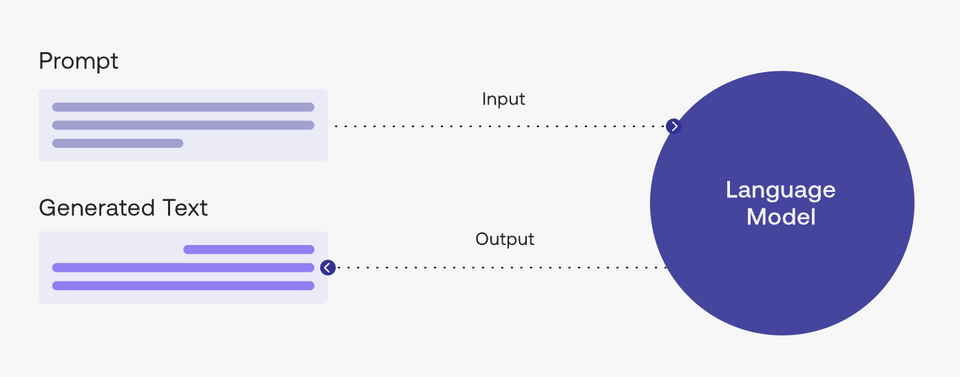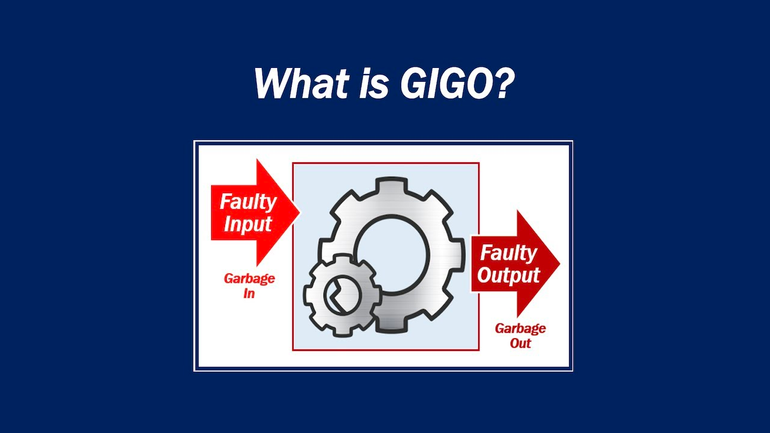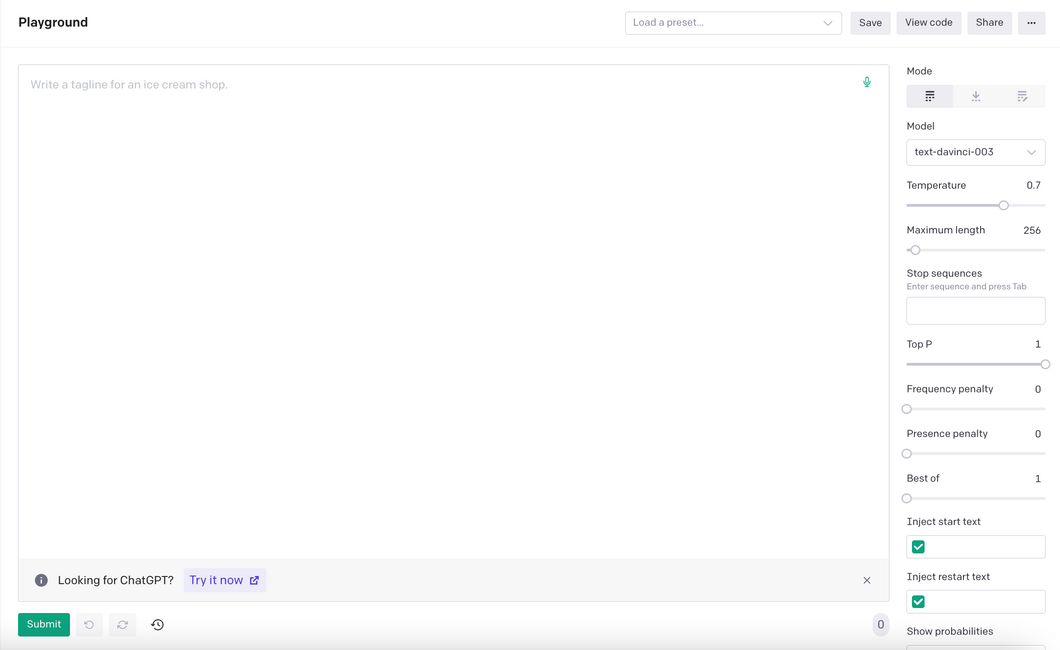Create unique component with ChatGPT
Search and store tool for Chat GPT Prompt
Create unique and engaging component with ChatGPT, a pre-trained language model by OpenAI for generating high-quality and accurate content.
Using Google Sheets Principal Component Analysis (PCA) to Analyze Data
How do I use the Google Sheets principal component analysis (PCA) to analyze data?
Create SEO Standards for 'Generate an Opinion about the Content of the Input'
I require UI assistance. I need three action buttons for a card component that includes a long statement, but I don't want the buttons to always be visible. I need a good UI that functions on both desktop and mobile since if I try to show the buttons on Hoover, that logic won't work on mobile.
How to Build a Computer: A Guide to Choosing Components and Assembling Your Computer
How to build a computer: Building a computer can be fun and rewarding, and ChatGPT can guide choosing components and assembling your computer.
Designing UI Component Library for Web/Mobile App with Design System or Style Guide
Design a UI component library for a [web/mobile] app that adheres to [design system or style guide].
How to Generate Boilerplate Code for a Class/Module/Component with Specific Functionality
Generate a boilerplate [language] code for a [class/module/component] named [name] with the following functionality: [functionality description].
What is “prompt engineering”?
A “prompt” is the input that guides a generative AI model to generate useful outputs. Generative AI tools like ChatGPT, GPT, DALL·E 2, Stable Diffusion, Midjourney, etc. all require prompting as their input.

In a natural language processing (NLP) context, “prompt engineering” is the process of discovering inputs that yield desirable or useful results. As is the story with any processes, better inputs yield better outputs; or commonly said another way “garbage in, garbage out.”


Become a prompt researcher instead of engineer
- If you’re already a subject matter expert in something, consider figuring out how to apply your personal skills to generating the best prompts in your field
- For example, if you’re an expert in SEO, what questions do you ask yourself when creating SEO strategies? How can you translate this knowledge into better prompts to generate the same level of output with AI?
Become a prompt researcher instead of engineer
- The term prompt engineer glosses over the idea that prompt formulation takes hypothesizing, research, result measurement, and repetition. Instead, approach prompting like a research project.
- Try as many different variations and formulations of your prompt as possible. One problem can have hundreds of solutions and one solution can have hundreds of approaches. The same can be said of prompting.